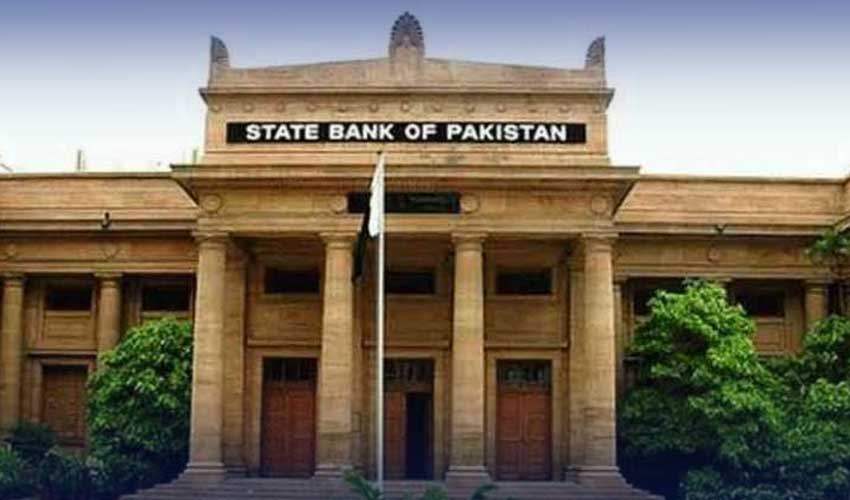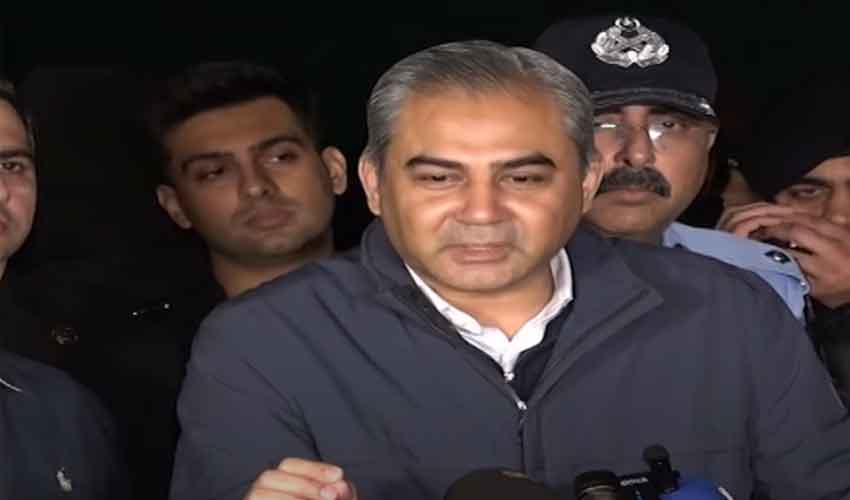State Bank of Pakistan Governor Jameel Ahmed is set to unveil the new monetary policy today during a press conference.
This announcement will come after the Monetary Policy Committee (MPC) convenes at the State Bank's head office in Karachi to deliberate on the country's financial strategies and economic direction.
Anticipation is high as analysts predict a possible reduction in the interest rate, expected to be between one and 1.5%. This potential cut aims to stimulate economic growth and ease the financial burden on businesses and consumers amid challenging economic conditions.
The MPC meeting will assess the current economic landscape, inflation rates, and other key economic indicators before reaching its decision. Following the meeting, Governor Jameel Ahmed will address the press to detail the committee's conclusions and the resulting monetary policy adjustments.
On June 10, the State Bank Monetary Policy Committee (MPC) had reduced the policy rate by 150 bps to 20.5%, effective from June 11. The MPC noted that while the significant decline in inflation since February was broadly in line with expectations, the May outturn was better than anticipated earlier.
The committee assessed that underlying inflationary pressures are also subsiding amidst tight monetary policy stance, supported by fiscal consolidation.
Also Read: State Bank slashes interest rate to record 20.5%
This is reflected by continued moderation in core inflation and ease in inflation expectations of both consumers and businesses in the latest surveys.
At the same time, the MPC viewed some upside risks to the near-term inflation outlook associated with the upcoming budgetary measures and uncertainty regarding future energy price adjustments.
Notwithstanding these risks and today’s decision, the Committee noted that the cumulative impact of the earlier monetary tightening is expected to keep inflationary pressures in check.
The MPC noted the following key developments since its last meeting. First, real GDP growth remained moderate at 2.4 percent in FY24 as per provisional data, with subdued recovery in industry and services partially offsetting the strong growth in agriculture.
Second, a reduction in the current account deficit has helped improve the FX reserves to around US$9 billion despite large debt repayments and weak official inflows.
The government has also approached the IMF for an Extended Fund Facility program, which is likely to unlock financial inflows that will help in further build-up of FX buffers. Lastly, international oil prices have declined, whereas non-oil commodity prices have continued to inch up.
Based on these developments, the Committee, on balance, viewed that it is now an appropriate time to reduce the policy rate.



























